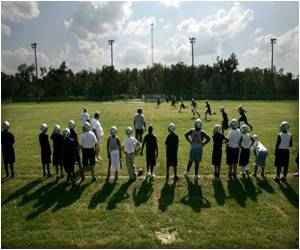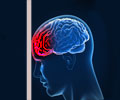While concussions in high profile athletes attract worldwide attention and potentially large court settlements,no one takes much notice when it happens to a Para athlete, say the authors.

TOP INSIGHT
During the London 2012 Paralympic Games, football five a side for the visually impaired clocked up the highest number of injuries, with those to the head and neck accounting for a quarter of the total.
These include road cycling, ice sledge hockey, and alpine downhill skiing, but also less obvious sports, such as wheelchair track racing.
At the Sochi Paralympic Games in 2014, poor snow conditions meant that 60% of alpine skiers were unable to complete the course, and 37% of sit-ski competitors sustained an injury: in one in 20 cases this was to the head and neck.
Over one season 6% of American wheelchair basketball players said they had been concussed, but nearly half didn't report it for fear of being taken out of competition -- a similar proportion to able bodied athletes -- but it shows the importance of raising awareness of the issues to ward off potentially longer term harm, say the authors.
This was again brought to the fore during the 2016 Rio Paralympic Games where team doctors reported 10 "significant" head and face injuries, yet despite the suspicious nature of these injuries, gleaned from video footage of the events, none was reported as concussion.
This is particularly important for Para athletes, because elements of SCAT5 aren't suitable for competitors who are paraplegic, amputees, or those with known communication difficulties or cognitive impairments.
"It is time for the clinical and research community to put their heads together -- figuratively -- to help address this important but poorly understood issue," they write.
And they conclude: "For this to be successful, urgent focus on Para athletes is needed within the broader academic and public discourse on concussion. No longer a population on the sidelines, Para athletes deserve our attention, focus and resources. The time is now."
Source-Eurekalert
 MEDINDIA
MEDINDIA




 Email
Email








